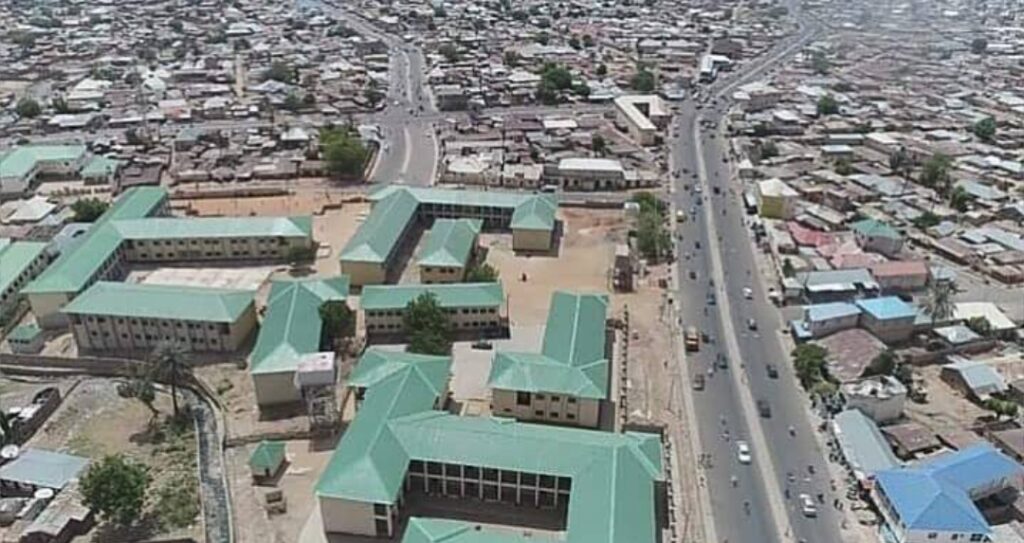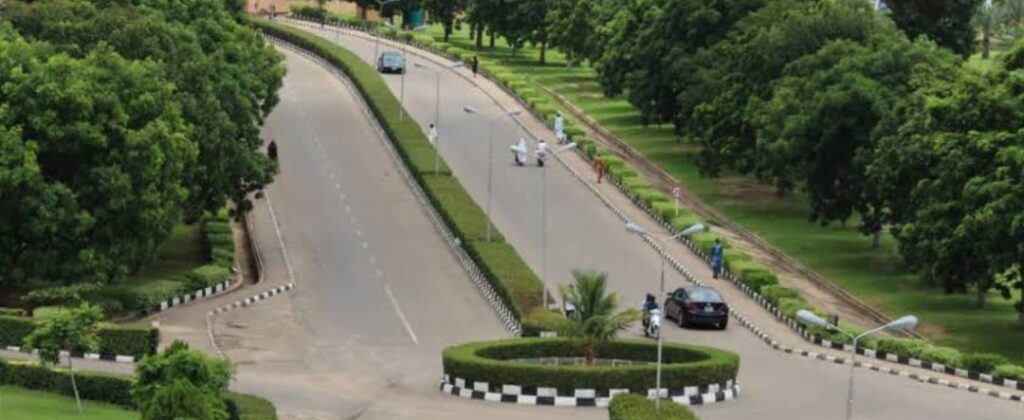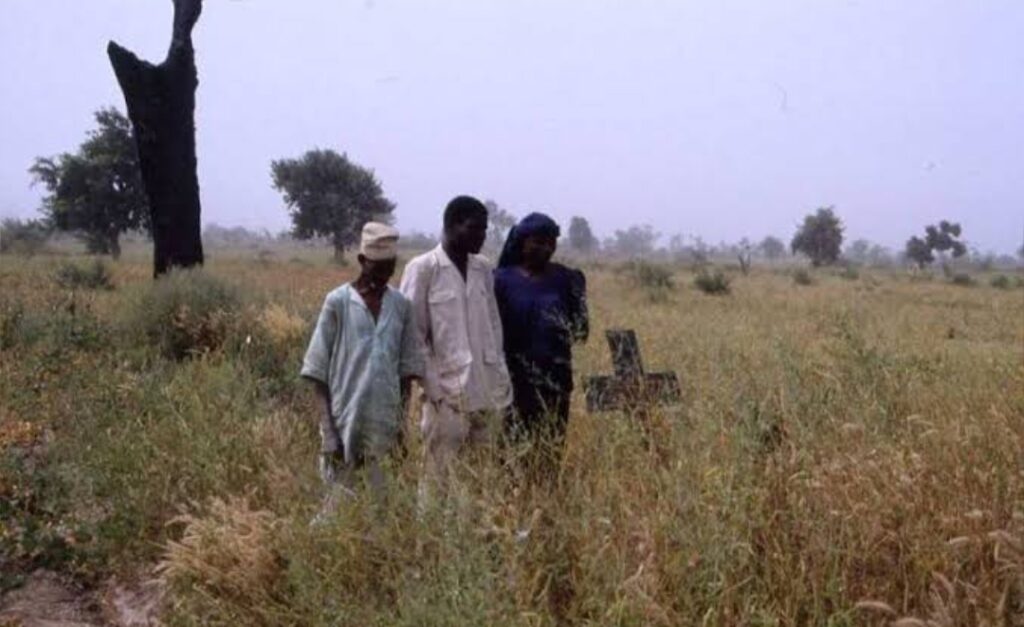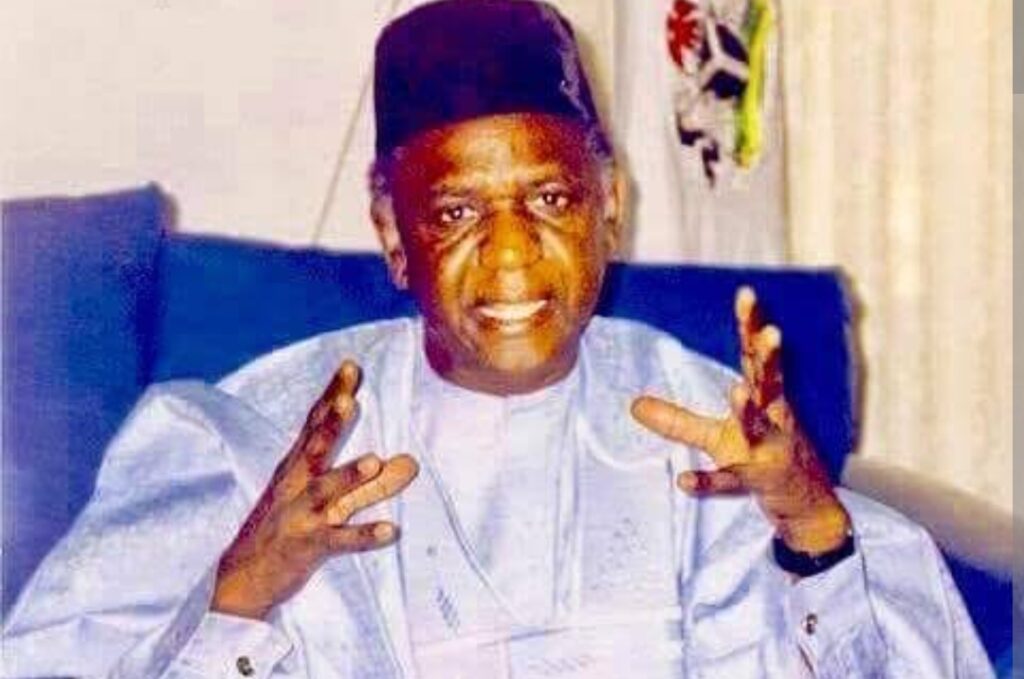Nestled in the northeastern region of Nigeria, Gombe State is a land of diversity, culture, and natural beauty. The state boasts a rich history, unique culture, and a vibrant economy. With its stunning landscapes, wildlife reserves, and rich cultural heritage, Gombe State has become a popular destination for tourists and travelers alike. In this article, we will take a closer look at some fascinating facts about Gombe State, including its population, economy, culture, and more. Whether you are a resident of Gombe State or a curious traveler, this article will provide you with a deeper understanding of this captivating state.
Date of Creation Gombe State
Gombe State was created on October 1, 1996, by the military administration of General Sani Abacha. Prior to its creation, Gombe was part of Bauchi State. The creation of Gombe State was part of the Nigerian government’s efforts to decentralize power and promote economic development in the country’s various regions.

Gombe State Border
Gombe State shares borders with five other states in Nigeria. To the north, it borders Yobe and Borno States. To the east, it borders Adamawa State. To the south, it shares a border with Taraba State, and to the west, it shares a border with Bauchi State. The state’s strategic location makes it an important hub for transportation and trade in the region.
Geopolitical Region of Gombe State
Gombe State is located in the Northeast geopolitical region of Nigeria. The region is known for its diverse culture, rich history, and abundant natural resources. The Northeast region is home to various ethnic groups, including the Kanuri, Fulani, and Tiv, among others. The region has faced significant security challenges in recent years due to the activities of Boko Haram insurgents.
Gombe State Capital
The capital of Gombe State is Gombe. The city is located in the center of the state and serves as the administrative, commercial, and cultural hub of the state. Gombe city has a population of over 300,000 people and is home to various government institutions, higher education institutions, and private businesses.
Gombe State Slogan
The slogan of Gombe State is “Jewel in the Savannah.” The slogan was coined to reflect the state’s rich cultural heritage, natural beauty, and economic potential. The Savannah region of Nigeria is known for its vast grasslands, wildlife, and unique flora and fauna. The slogan is a testament to the state’s commitment to promoting tourism and economic development in the region.
Gombe State Main Religion
Islam is the predominant religion in Gombe State. The state is home to various Islamic institutions, including the Gombe State Mosque, which is one of the largest mosques in Nigeria. The state government has also invested in the construction of Islamic schools and institutions to promote education and religious values among the population.

Gombe State Landmass
Gombe State has a land area of 18,768 square kilometers, making it the 21st largest state in Nigeria by landmass. The state is located in the Savannah region of Nigeria and is known for its diverse topography, including hills, valleys, and plains. The state’s natural resources include gypsum, limestone, and kaolin.
Gombe State Population
According to the 2006 census, the population of Gombe State was 2,365,040, making it the 29th most populous state in Nigeria. The state’s population has grown significantly since then, with estimates suggesting that it now has a population of over 3 million people. The majority of the state’s population resides in rural areas, with only a small percentage living in urban centers like Gombe city.

Gombe State Tourism
Gombe State Tourism offers a variety of attractions for visitors to explore. One of the most notable is the Mbormi Battle Ground, which was the site of a historic war that led to the defeat and annihilation of the famed Sokoto caliphate. Visitors can see the graves of the three leaders of the Sokoto caliphate and learn about the history of the region from knowledgeable locals.
In addition to the Mbormi Battle Ground, Gombe State is home to several other tourist attractions. The Lame Burra Game Reserve offers visitors the chance to see a wide variety of wildlife, while Lake Dadin Kowa is a scenic spot for fishing, boating, and relaxation.
Gombe State Higher Institutions
Gombe State has four tertiary institutions, including Gombe State University, Federal College of Education (Technical), Gombe State College of Health Sciences and Technology, and Federal Polytechnic, Bauchi (Gombe Campus). These institutions offer various undergraduate and postgraduate programs in fields such as engineering, education, health sciences, and social sciences. The state government has also invested in the construction of new institutions to promote education and human capital development in the state.
Tribes/Ethnic Groups in Gombe State
The major tribes/ethnic groups in Gombe State include the Fulani, Tangale, Tera, Waja, and Kanuri. The Fulani are the largest ethnic group in the state, followed by the Tangale and Tera. The state’s population is also home to various minority ethnic groups, including the Hausa and Jukun. The state government has implemented various policies to promote social cohesion and peaceful coexistence among the diverse ethnic groups in the state.

Gombe State First Democratic/ Elected Governor
The first democratically elected governor of Gombe State was Alhaji Abubakar Habu Hashidu. He was elected in May 1999 and served until May 2003. Prior to his election, Hashidu had served as the Minister of Water Resources and Rural Development under the military administration of General Sani Abacha. Hashidu was instrumental in the development of Gombe State, particularly in the areas of education, health, and infrastructure.

Number of Local Governments in Gombe State
Gombe State has 11 local government areas. The local governments are Balanga, Billiri, Dukku, Funakaye, Gombe, Kaltungo, Kwami, Nafada, Shongom, Yamaltu-Deba, and Akko. Each local government is headed by a democratically elected chairman and is responsible for the provision of basic amenities and services to the people within its jurisdiction.
Number of Senatorial Districts in Gombe State
Gombe State has three senatorial districts, namely Gombe North, Gombe Central, and Gombe South. Each senatorial district is represented by a senator in the Nigerian National Assembly. The senatorial districts are further divided into various constituencies, each represented by a member of the House of Representatives.

Gombe State Major Natural Resources
Gombe State is rich in mineral resources such as gypsum, limestone, and kaolin. The state also has significant deposits of clay, salt, and oil and gas. The state government has taken steps to promote the exploration and exploitation of these resources to boost the state’s economy. The mining sector is a major source of employment and revenue for the state, and the government has implemented policies to encourage private sector investment in the sector.
SUMMARY
- Date of creation: Gombe State was created on October 1, 1996, by the military administration of General Sani Abacha.
- State border: Gombe State shares borders with Bauchi, Yobe, Borno, Adamawa, and Taraba States.
- Geopolitical region: Gombe State is in the Northeast geopolitical region of Nigeria.
- State capital: The capital of Gombe State is Gombe.
- State slogan: The slogan of Gombe State is “Jewel in the Savannah.”
- Main religion: Islam is the predominant religion in Gombe State.
- State landmass: Gombe State has a land area of 18,768 square kilometers, making it the 21st largest state in Nigeria by landmass.
- Population: According to the 2006 census, the state’s population was 2,365,040, making it the 29th most populous state in Nigeria.
- State tourism: Gombe State is home to the Gashaka Gumti National Park, one of the largest national parks in Nigeria. The park is known for its diverse wildlife, including elephants, lions, chimpanzees, and over 500 species of birds.
- Higher institutions: Gombe State has four tertiary institutions, including Gombe State University, Federal College of Education (Technical), Gombe State College of Health Sciences and Technology, and Federal Polytechnic, Bauchi (Gombe Campus).
- Tribes/ethnic groups: The major tribes/ethnic groups in Gombe State include the Fulani, Tangale, Tera, Waja, and Kanuri.
- First democratic/elected governor: The first democratically elected governor of Gombe State was Abubakar Habu Hashidu, who served from May 1999 to May 2003.
- Number of local governments: Gombe State has 11 local government areas.
- Number of senatorial districts: Gombe State has three senatorial districts: Gombe North, Gombe Central, and Gombe South.
- Major natural resources: Gombe State is rich in mineral resources such as gypsum, limestone, and kaolin.
It will also interest you to read: Interesting Facts About Enugu State, Nigeria

